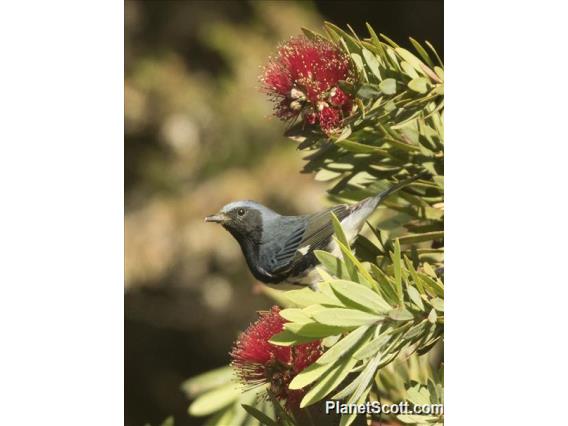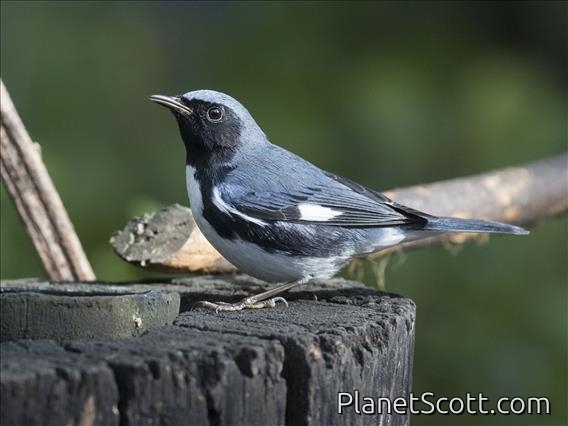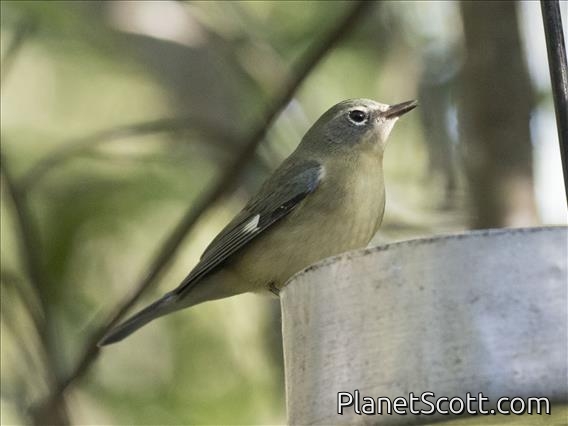Black-throated Blue Warbler (Setophaga caerulescens)

Black-throated Blue Warbler (Setophaga caerulescens)

Black-throated Blue Warbler (Setophaga caerulescens) - Male

Black-throated Blue Warbler (Setophaga caerulescens) - Female



×




Black-throated Blue Warbler (Setophaga caerulescens)

Black-throated Blue Warbler (Setophaga caerulescens) - Male

Black-throated Blue Warbler (Setophaga caerulescens) - Female
About Black-throated Blue Warbler (Setophaga caerulescens)
- Kingdom: Animals
- Phylum: Chordates
- Class: Birds
- Order: Perching Birds
- Family: New World Warblers
The black-throated blue warbler is a small passerine bird of the New World warbler family. Its breeding ranges are located in the interior of deciduous and mixed coniferous forests in eastern North America. Over the cooler months, it migrates to islands in the Caribbean and Central America. It is very rarely found in western Europe, where it is considered to be a non-indigenous species. The black-throated blue warbler is sexually dimorphic; the adult male has a black face and cheeks, deep blue upperparts and white underparts, while the adult female is olive-brown above and light yellow below.
Source: Wikipedia
Trips
Visits
-
2010-11-06
Fort Mason, United States of America -
2014-01-20
Zapoten, Dominican Republic -
2014-01-21
Puerto Escondido, Dominican Republic -
2014-01-22
El Aceitillar, Dominican Republic -
2014-01-23
Cachote, Dominican Republic -
2014-01-26
Los Haitises National Park, Dominican Republic -
-
-
-






